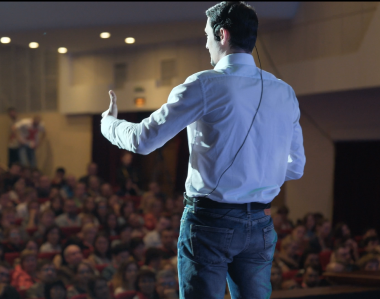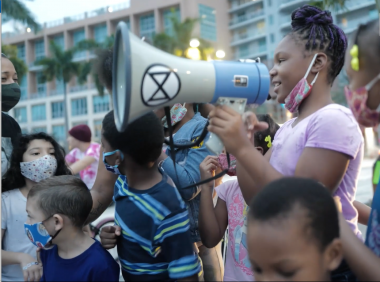Get involved
The Reimagining our futures together: A new social contract for education report was built through a co-construction process that engaged over a million people from around the world. And now UNESCO needs you to #Respond #Improve and #Build Together.
through millions of individual and collective acts –
acts of courage, leadership, resistance, creativity and care
Discuss with others
Share your reactions, ideas and improvements to the report with others. See a list of upcoming events here. We'd also love for you to organize your own event in-person or online to discuss the International Commission's report.
The report calls for education to contribute to a rebalancing of our relationships with each other, with the planet and with technology. It lays out a vision of learning and knowledge designed to help us achieve this.
What do the report's visions and recommendations on each of these dimensions mean for you? for education in your community? for education across the world?

Tell the world what you think
Make sure to write up key conclusions and suggestions from your discussions. Publish your ideas on a blog, put them in an op-ed. Please also send them to UNESCO so we can link to your work -- but it's important to also think about who else you should engage with. Who in your community, in your country should you also reach out to? Who will you tell about your vision for the futures of education?
We publish many stories about Futures of Education conversations and ideas as News items on this website.
Add your reports and reflections to our Reimagining our futures together global response collection. Every month we'll select some of the contributions and publish them on the UNESCO Futures of Education IdeasLAB.

Get organized and get others organized
The Commission's report is a call for ongoing dialogue and action!
One way to do this is to begin renewing education in schools and communities around the world. Download this group activity guide and go through the same questions that the International Commission explores in its report.

What happens now that needs to be abandoned?
What needs to be creatively reimagined afresh?
Then, there is a fourth key question: what do you do next? Think about who you can bring on board. Who is not part of the conversation and needs the opportunity to join? Also think about how you can achieve the changes you have identified. Who can you work with to transform the future?